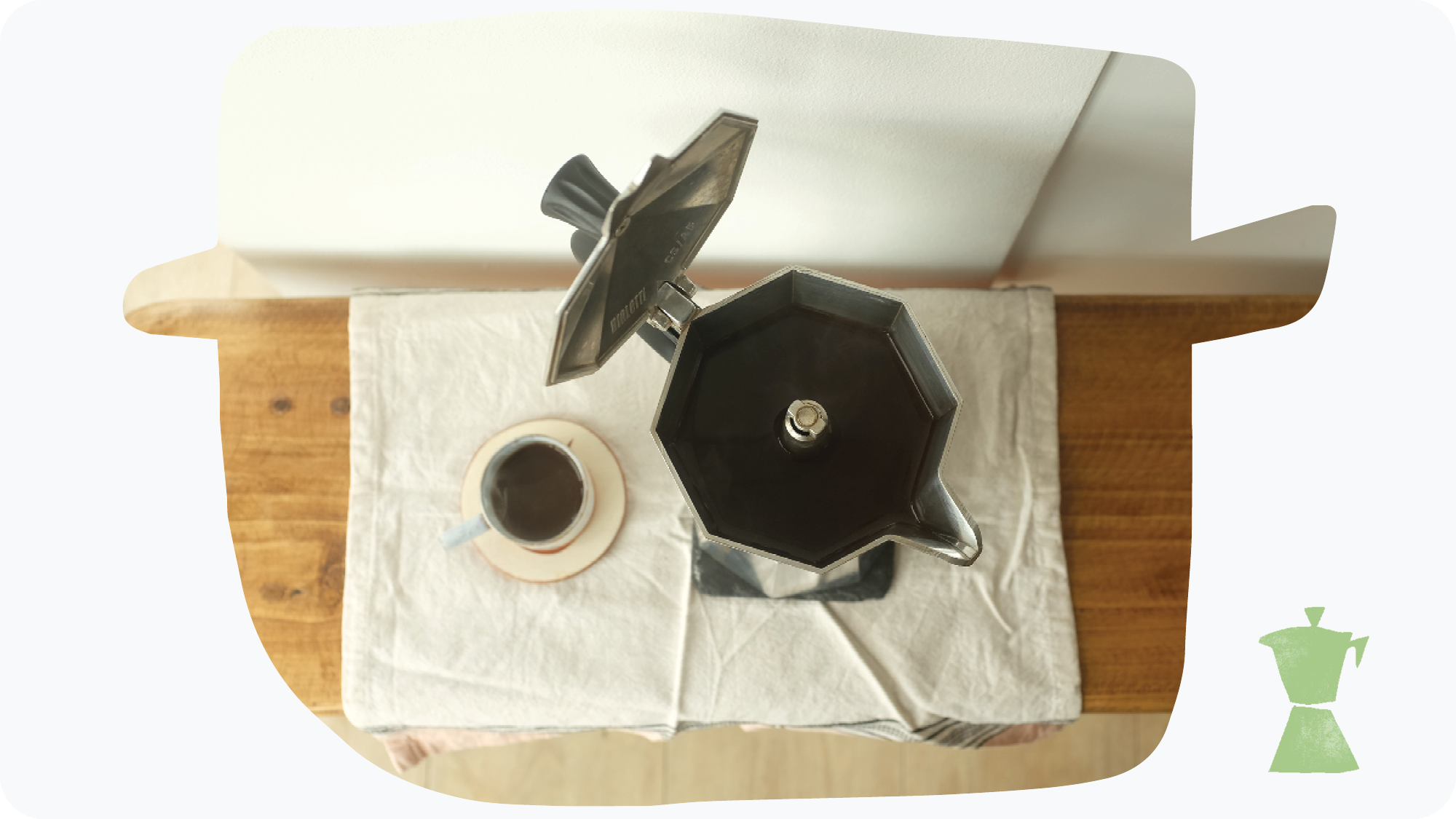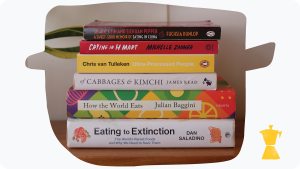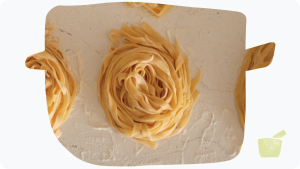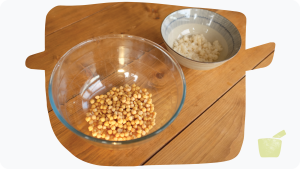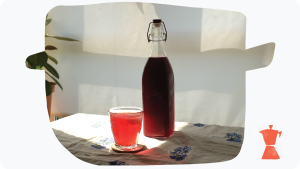Some advice from a professional barista how a little bit of effort and and awful lot of love can transform your whole day.
Time is relative; as the old saying goes, “a watched pot never boils”. As someone who spends a decent portion of everyday watching things infuse, boil, and brew, I’d argue this point strongly. Watching the pot is practically a barista’s job description. But it is especially at home, away from high tech coffee machines and gadgets, that I find the more you put in the more you get out.
Nowhere is this more true than with my morning coffee. For many people, coffee is the kickstart to their day, the priming charge to get them up and out the door. When approached like this, speed (and often strength) are of the essence; all attention is on what comes out of the pot rather than the magic happening inside. But for me, when I make a coffee in the morning it’s an expression of leisure, a time to stop and enjoy a simple cup of joy. I sit and watch the water as it boils, watch the coffee as it drips through a pour over, or percolates over a moka pot, or even just sits in a cafetiere, and take in the day.
This watching has two purposes. It creates (however much I might hate the term) a mindful atmosphere. It forces me to take stock and appreciate what is going on. I am in the moment as much as any mentality guru, and zen is found in the fathomless depths of my coffee. But it also serves to make me concentrate on making my coffee, sometimes to an obsessive degree. In some ways, this is a manifesto for that obsession, because the simple fact is the more care you put into your morning coffee, the better it will be.
How to elevate your morning coffee
This can definitely turn into a rabbit hole. Or perhaps a warren; once you start getting obsessed about the morning brew up it can lead to some very strange places. But there a few very good places to start, where small changes will make a big difference.
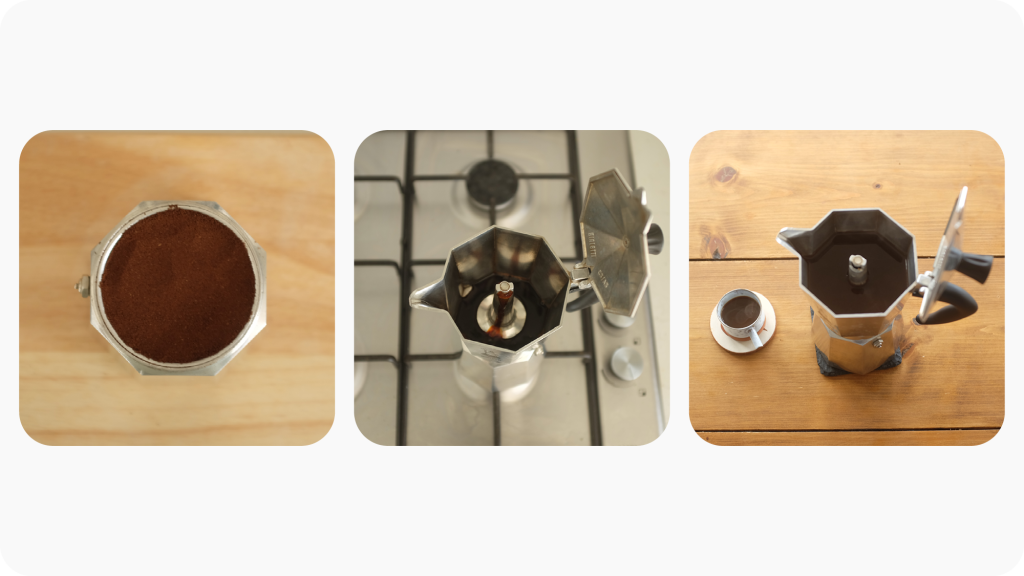
1. Experiment with different beans
The first is the beans; no matter how you take your coffee, spending a little bit more on nicer beans will reap huge dividends. Cheap coffee is roasted unto oblivion, so all you taste is the burning rather than the coffee flavour. Spending a little extra on some nicer beans – a few pounds per kilo is all i’m suggesting – will really let you taste what you’re drinking, and add a whole new dimension of coffee flavour to your drinks.
2. Get the right grind
Matching your coffee grind to your brew method is next; anywhere you buy decent beans should give you some good pointers on that score, or even grind it to order for you. In time you can mess around with buying grinders, and gadgets, or even messing with water chemistry if you want – but to start with decent beans ground will be a huge upgrade.
3. Watch the pot
But more than anything else, it’s the attention you give that makes the cup taste all the sweeter. Think about the sort of coffee you like, and choose a brewing method that suits that. If you prefer a more delicate taste then pour-over (or filter) coffee may be for you, if you love chocolatey richness then go for a moka pot, or choose a french press and split the difference. There is a brewing method to match every drink you could want, at every price point.
From there, iterate. If your coffee is bitter, think about changing the ratio of water to ground coffee rather than chucking in some sugar. By being a bit of a nerd and measuring your coffee and water, or timing your brew, it’s possible for anyone to get closer to a cup of coffee that’s really going to make them happy, rather than juice them for the day ahead. If all else fails, talk to the people you get your coffee from, or your local barista. Odds on, they’d be thrilled to talk about it, I know I always am.
Turn over a new leaf
It’s not just coffee you can apply this too – tea can also open up in the cup for you. As with coffee, start with the raw material. Loose leaf tea is always better than bagged tea, even if it’s less convenient. To start with, I would choose one style, be it black (or red), green or white – and keep it simple, fancy mixed infusions can come later. Experiment with a couple of variables – the amount of tea in, the amount of water, how long you brew it for – each of these will transform the cup in different ways!
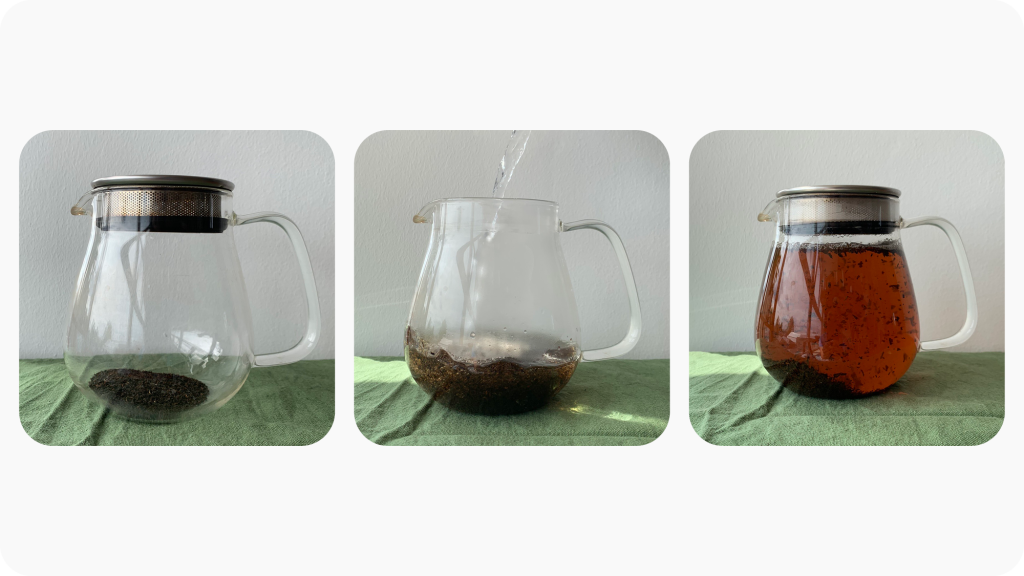
One useful tip for green and white teas is to vary the temperature of the water to extract different flavours – rather than messing with thermometers just remember that pouring tea from one pot to another takes about 10°C off the temperature. So to infuse at 70 degrees (a good starting point for a japanese green tea) pour the water from the kettle into a jug, into a mug, and onto your leaves. Part of the fun, for me at least, is in experimenting – so go wild, let your mad scientist out of the cage on this one. At the very worst, you’ll get nothing a bit of honey won’t fix.
And once you’ve spent your time making your brew, suddenly you can sit down and find yourself “in the moment”. You watch the steam coruscate from the mug, inhale the glorious aroma, and, finally, reward your hard work with a sip. That first taste, after all the effort you put in, can be a lot. But once you’ve cooled a scalded tongue, take another sip, and then another, until suddenly you’re at the end and already thinking about starting another brew. From there, let your obsession run wild – try and try and try again until you reach that perfect cup. What that might look like for you I don’t know – but I do know that the first steps down the road of obsession is how you get there.
